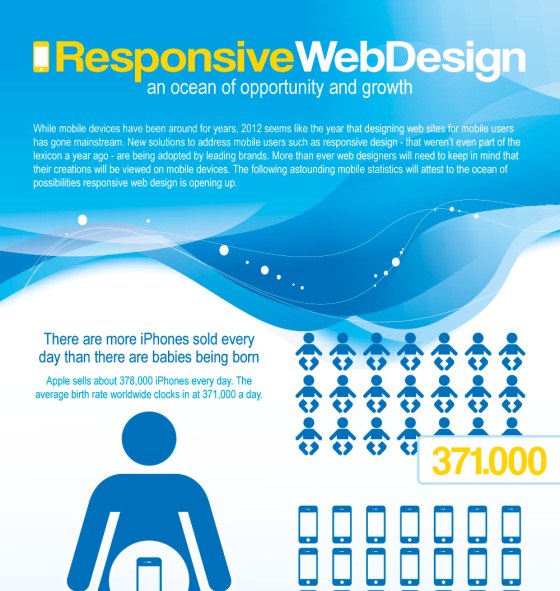Site Layout Fundamentals: Tips For Structure A User-Friendly Site
Site Layout Fundamentals: Tips For Structure A User-Friendly Site
Blog Article
Content By-McKnight Skinner
When it comes to site style, guaranteeing user-friendliness is essential. From receptive style to structured navigating, every element plays a vital role in developing a site that satisfies your target market's demands. Yet what regarding the finer details that can make or break a customer's searching experience? Stay tuned as we reveal some often-overlooked pointers that can elevate your website's usability to the next level, making it really stand apart in the digital landscape.
Importance of Responsive Style
Responsive design is a critical aspect of modern website growth. Ensuring your website is receptive ways that it can adjust to different display dimensions and devices, providing a seamless experience for users.
With the raising use of smart devices and tablets to access the web, having a receptive layout is important for reaching a bigger target market. It helps in enhancing user experience by making your site very easy to browse and read on any gadget.
Additionally, responsive design can favorably impact your internet search engine rankings, as search engines like Google focus on mobile-friendly sites. By having a responsive style, you're also future-proofing your web site, as brand-new devices with varying display sizes remain to arise.
Simplify Navigation Framework
To enhance customer experience and promote easy access to info on your web site, simplifying the navigating framework is vital. When creating your website, concentrate on creating a clear and instinctive navigation food selection that helps visitors find what they're searching for swiftly.
https://www.forbes.com/sites/forbesagencycouncil/2022/05/20/3-digital-marketing-strategies-to-optimize-external-linking/ of menu items to the essentials, organizing associated web pages together to prevent overwhelming customers. Usage descriptive tags that clearly show the material of each page, making it less complicated for users to comprehend where each link will take them.
Consider implementing dropdown menus for subcategories to stop cluttering the major navigating bar. Additionally, consist of a search bar prominently on the page for users who choose searching for certain information.
Prioritize mobile responsiveness in your navigation style to make sure easy gain access to on all tools.
Maximize Page Tons Rate
Improving web page load rate is vital for maintaining visitors on your website. Slow-loading web pages irritate individuals and can lead to high bounce rates. To maximize page tons rate, start by enhancing photos. Press images without compromising top quality to minimize their data dimensions.
In https://affordablelocalseoservice40628.blogadvize.com/38179831/search-engine-optimization-unleashed-your-comprehensive-resource-for-enhancing-online-direct-exposure , allow web browser caching to store often accessed resources locally, accelerating load times for returning visitors. Minify CSS, JavaScript, and HTML files by eliminating unnecessary personalities, remarks, and formatting, boosting load speed.
Take into consideration making use of a web content delivery network (CDN) to distribute your web site's content throughout several servers worldwide, decreasing latency for customers accessing your website from various places. Lastly, limit using third-party manuscripts and plugins, as they can significantly affect load times.
Conclusion
Finally, by integrating receptive style, streamlining navigating, and maximizing web page load speed, you can develop an user-friendly site that appeals to a wider target market and enhances individual experience. These essential elements make certain that site visitors can easily gain access to and browse your site across various tools, causing boosted interaction and complete satisfaction. By concentrating on these crucial elements, you can construct an effective web site that keeps individuals coming back for even more.
